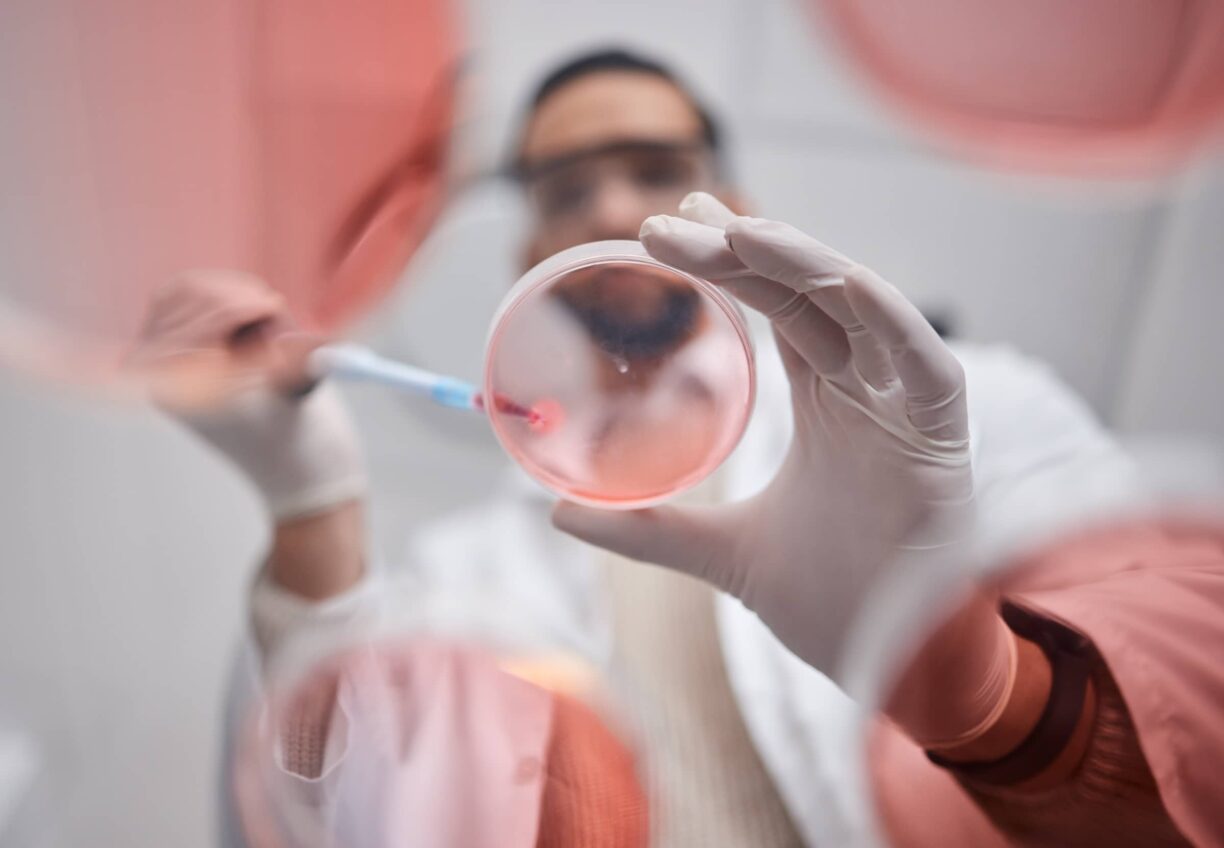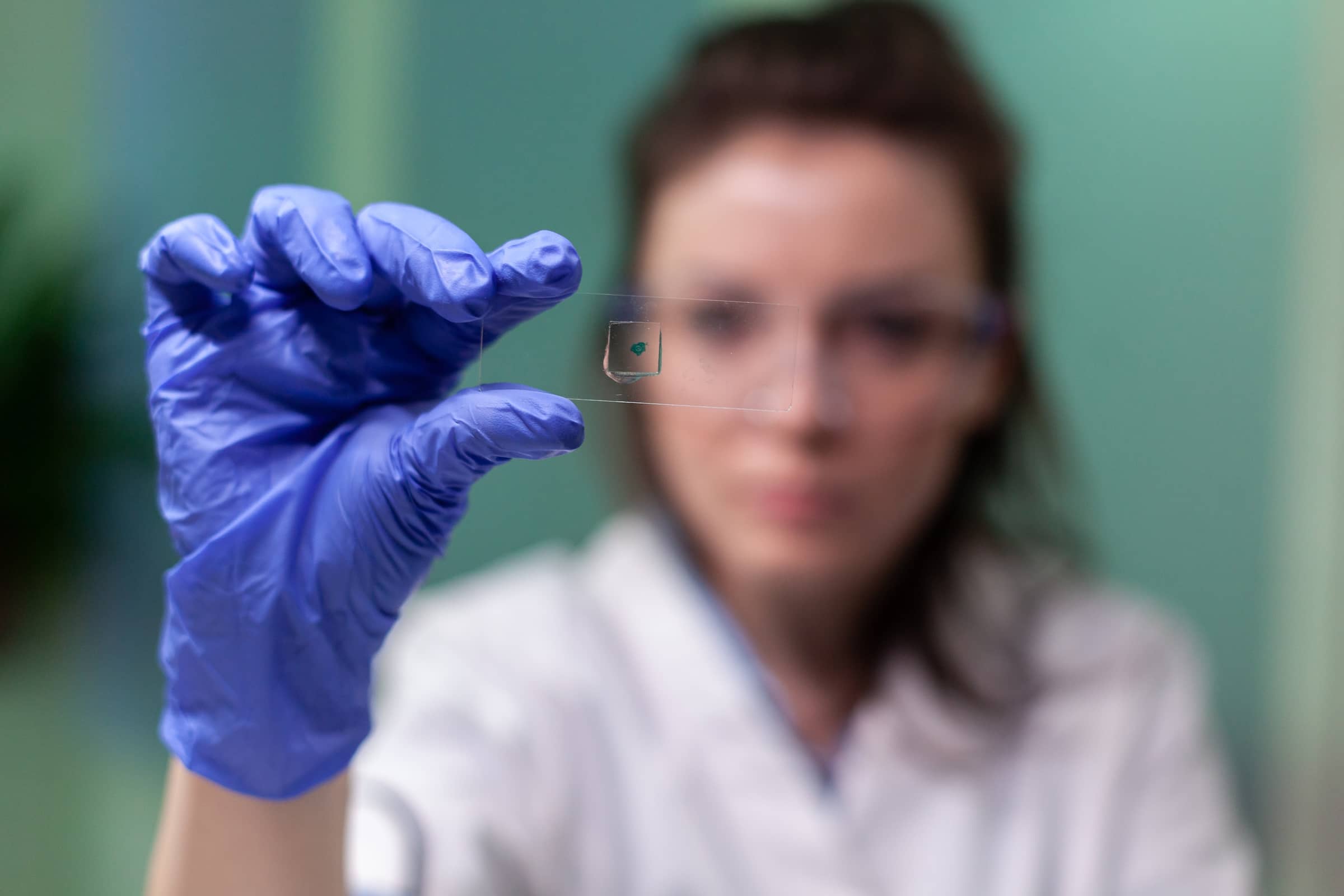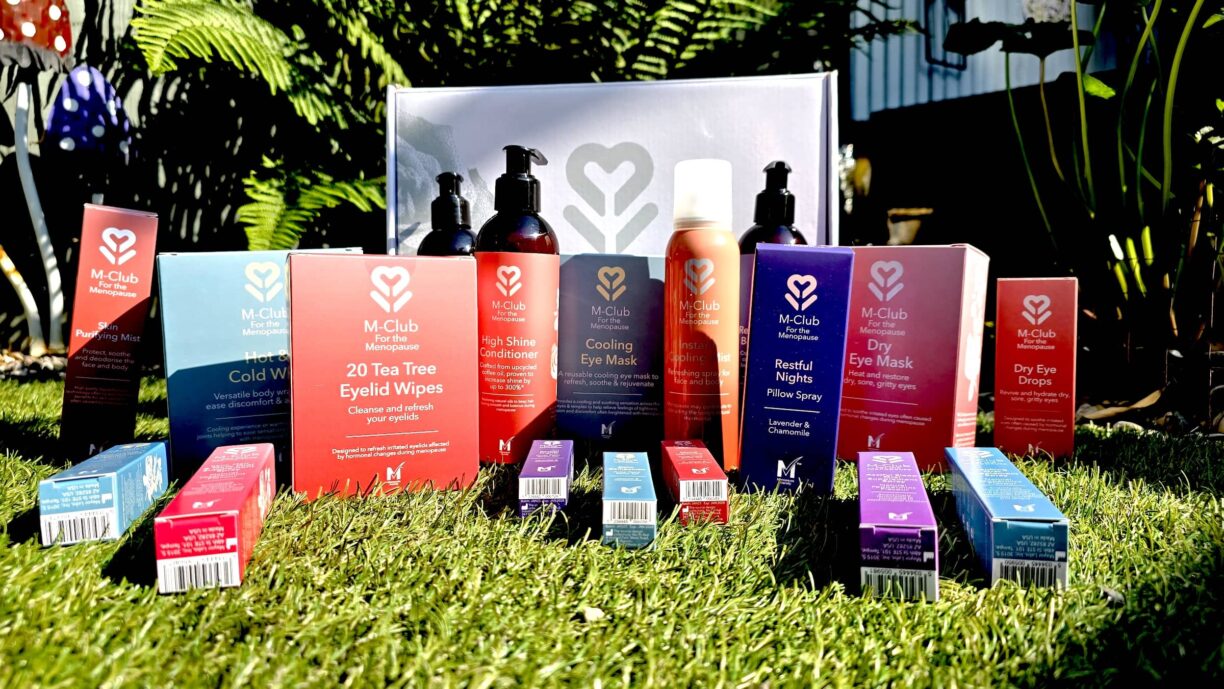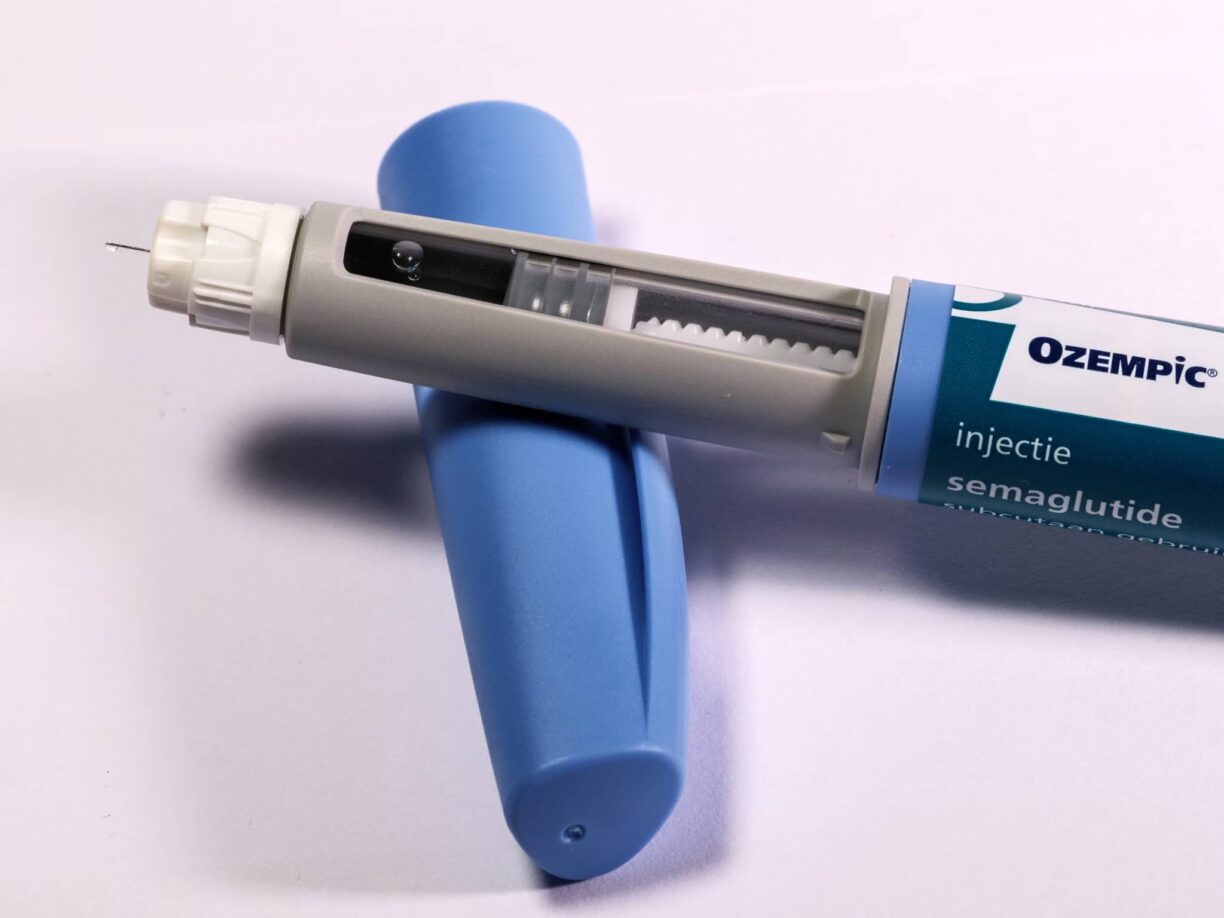As someone always looking for the next edge in recovery—whether you’re hitting the gym, playing on the field, or treating those who do—you’ve probably heard whispers about stem cell therapy.
Research suggests stem cell therapy can be effective when done correctly. Pittsburgh stem cell therapy clinics have seen an increase in patients seeking this treatment for athletic-related conditions.
It’s being touted as the next big thing in treating joint and sports injuries, but what’s the real scoop?
Let’s break down the nuts and bolts of stem cell therapy, so you can see if it’s all it’s cracked up to be.
What’s the Deal with Stem Cell Therapy?
Imagine having a powerhouse of healing right at your fingertips—that’s what stem cell therapy promises. It involves harvesting potent cells either from your own body or a donor and then injecting them into where it hurts the most.
These little dynamos can transform into different types of tissues and kick inflammation to the curb, which can be a game changer if you’re looking to heal faster.
The lowdown is this: patients are lining up at clinics, reporting less pain, more mobility, and a quicker bounce back into action, especially for those pesky areas like knees, shoulders, and backs.
How Do These Mighty Cells Work?

Stem cells aren’t just one-trick ponies; they have a few tricks up their sleeves:
- Transformers: They can morph into the type of cells your body needs to repair itself.
- Peacekeepers: They release substances that tell inflammation to take a hike.
- Team Leaders: They signal the body to send more troops (other cells) to fix up the injury site.
- Builders: They help construct new blood pathways, making sure your tissues are well-fed with nutrients and oxygen.
Types of Stem Cells: What’s Being Used?
Here’s a quick rundown of the usual suspects in stem cell therapy:
- Mesenchymal Stem Cells (MSCs): These are the go-to cells for most orthopaedic woes, taken from your own bone marrow or fat.
- Embryonic Stem Cells: Powerful but controversial, these cells can become anything but come with ethical baggage.
- Adult Stem Cells: These are more specialised, and found in tissues like skin and muscle.
- Peripheral Blood Stem Cells: These are mainly for blood disorders, not so much for your sprained ankle.
What Can Stem Cell Therapy Do for Me?
Researchers are testing stem cells with new biomaterials. These scaffolds could help cells stick where they’re needed. It may lead to better cartilage repair in knee injuries.
Whether you’ve torn a ligament or are just sick of that knee pain, here’s how stem cells might step up:
Ligament and Tendon Troubles
From tennis elbow to an ACL tear, injecting stem cells might just speed up healing and cut down on surgery time.
Arthritis and Cartilage Damage
No one likes creaky joints. Stem cells could help pad out damaged cartilage, easing pain and improving how your joints work, possibly keeping you out of the operating room.
Muscle Recovery
Got a muscle tear from that last sprint? Stem cells could reduce scar tissue and help grow new muscle fibers faster than you can say “recovery.”
Research: What’s the Word?
Yes, the initial buzz is positive—many patients are reporting better days and smoother moves post-therapy. But, like any new frontier, it’s a landscape still being mapped out. More studies are needed to pin down the long-term wins and whatnots.
Sounds Great, But What’s the Catch?
No treatment is perfect. The side effects are usually mild (like a bit of swelling or discomfort at the injection site), but there are bigger questions about long-term safety, like the rare but serious risk of developing tumors. Plus, the FDA is still keeping an eye on this, so not all treatments have their green light yet.
The Future Looks Bright… But Let’s Chat First
The horizon for stem cell therapy in sports medicine is looking promising. We’re seeing new combinations of treatments and innovative ways to make these cells work harder and smarter.
But as with any medical decision, don’t go it alone. Talk to a pro, weigh the pros and cons, and stay informed. It’s your body, your health, and you deserve the best shot at getting back in the game.





